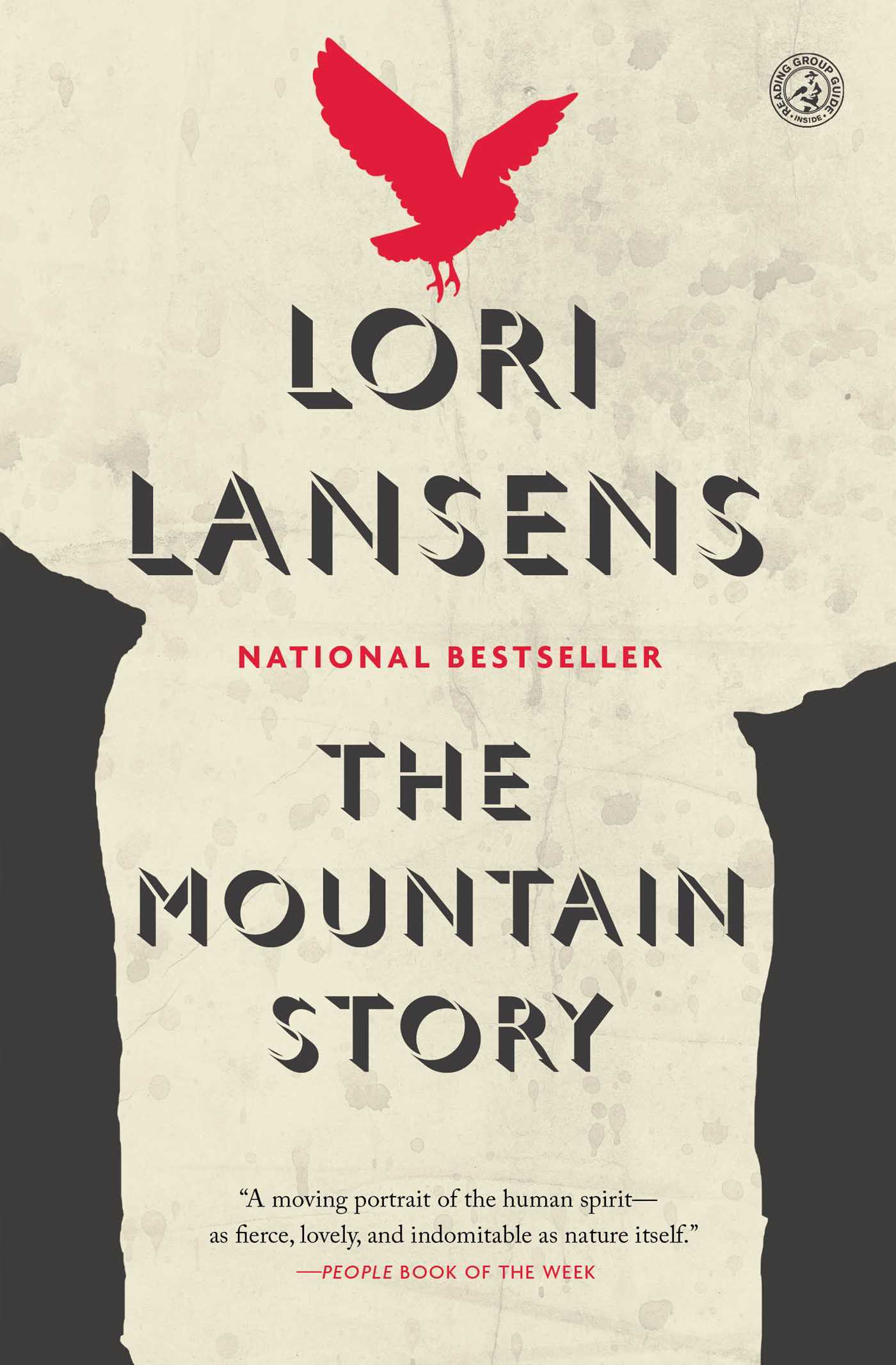
The Great Alone
Book Description
Beneath the endless, frozen expanse of Alaska, a family teeters on the brink of survival, battling not just the harsh wilderness but their own demons. Trapped in an unforgiving landscape, young Leni is thrust into a world where love collides with fear and loyalty is tested against the backdrop of a father’s struggles. As winter closes in, hope flickers like a dying flame, pushing them to the edge of despair. Tensions rise, secrets unravel, and every decision carries life-or-death stakes. Will their bond be enough to conquer the chilling isolation, or will the vast wilderness swallow them whole?
Quick Book Summary
Set in 1970s Alaska, "The Great Alone" by Kristin Hannah is a searing portrait of endurance, love, and survival. The story follows young Leni Allbright and her family as they seek a fresh start in the untamed wild after her father, Ernt, a Vietnam War POW, is gripped by trauma and instability. The Alaskan wilderness, while breathtaking, presents relentless challenges: bitter cold, isolation, and the need to rely on the small, tight-knit community. As Leni comes of age, she witnesses both the beauty and brutality of the land, and the darkness consuming her father. Amid deepening familial tension and danger, Leni and her mother learn the costs of loyalty and the vital importance of resilience, hope, and love.
Summary of Key Ideas
Table of Contents
Survival and the Alaskan Wilderness
The novel opens with the Allbright family—Ernt, Cora, and their teenage daughter Leni—as they move to an inherited cabin in remote Alaska. Ernt, scarred by his experiences as a prisoner of war in Vietnam, is volatile and desperate for a fresh start. The Alaskan landscape, both magnificent and menacing, becomes a character of its own. As the family adjusts to the harsh environment, they rely on the generous, close-knit local community to survive. Leni and her mother quickly learn that life in Alaska requires adaptability, grit, and interdependence.
Trauma, PTSD, and Domestic Abuse
Ernt’s battle with PTSD is central, casting a shadow over the household. Isolated by the long winter and his own paranoia, he becomes increasingly abusive and controlling. This escalation of his violent tendencies puts Cora and Leni in constant danger, exposing the destructive impact of domestic abuse. Their isolation from the outside world makes escape feel impossible, probing the limits of survival under both environmental and emotional threat.
Coming of Age and First Love
Despite her circumstances, Leni finds solace and growth in her environs. Her bond with Matthew, a local boy, blossoms into a secret romance that offers hope and a glimpse of a different future. The Alaskan backdrop provides both the canvas and catalyst for her journey into adulthood. Leni’s evolving understanding of love, independence, and loyalty are tested by the turmoil at home and the unpredictable wilderness outside.
The Power and Limits of Community
Throughout, the community of Kaneq emerges as a vital lifeline. Neighbors, particularly the indomitable Large Marge, offer support, supplies, and friendship, highlighting the importance of solidarity in facing adversity. Yet, there are limits to what the community can penetrate, particularly as Ernt’s behavior becomes more unstable. The family’s isolation deepens, and their struggle becomes increasingly desperate as the unrelenting winter sets in.
Resilience, Hope, and Redemption
In the novel’s climax, choices about love, sacrifice, and escape come to the fore. Cora’s fierce devotion and Leni’s determination to survive force them to break free from Ernt’s grip, but not without tragedy. Ultimately, Leni’s flight from Alaska and her eventual return years later underscore the threads of resilience and hope. Through loss and heartache, the novel celebrates the possibility of redemption, the enduring bonds of mother and daughter, and the healing power of both love and the land itself.
Download This Summary
Get a free PDF of this summary instantly — no email required.





